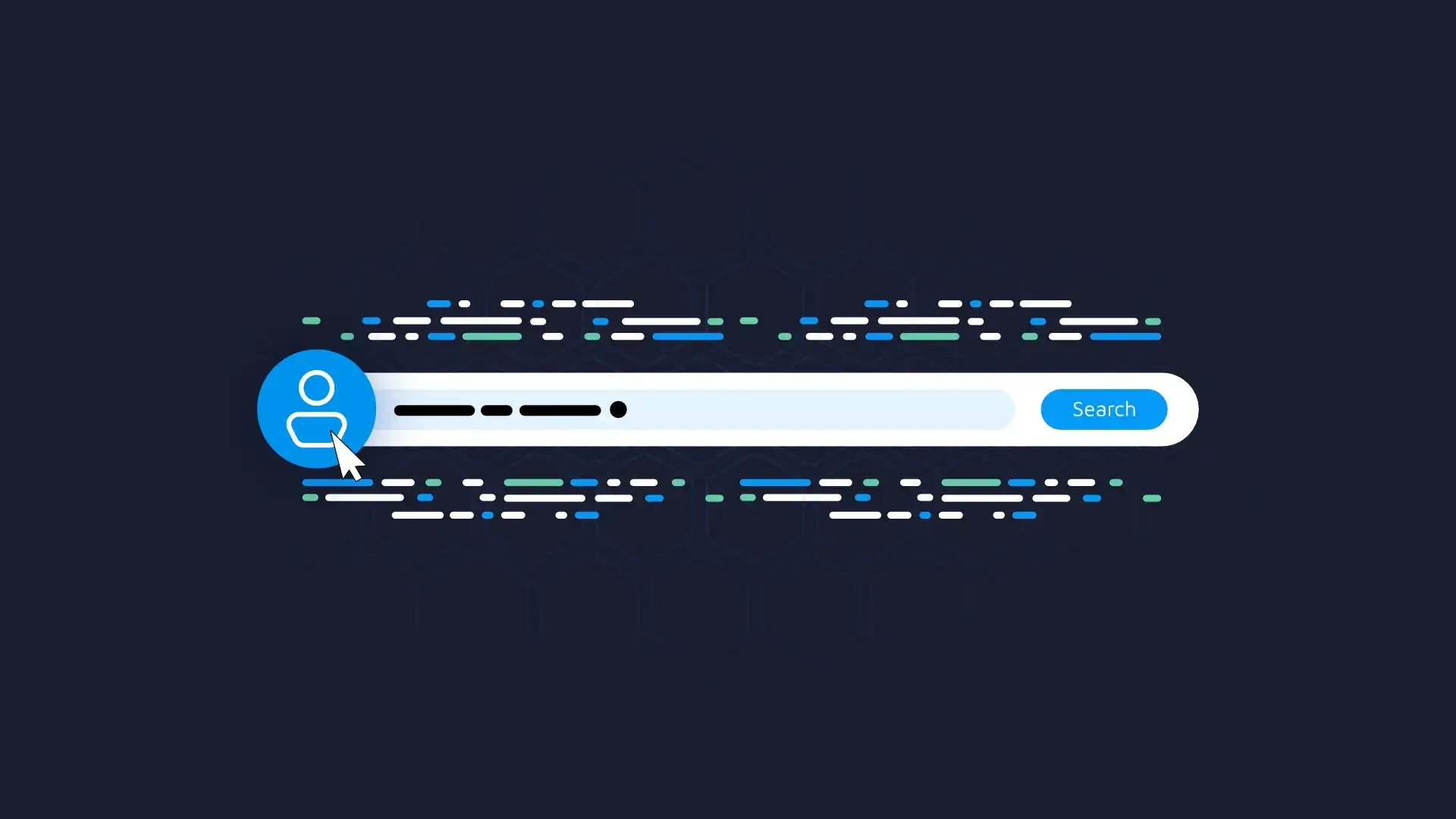
This article presents our opinions and suggestions on how an Advanced Analytics department should operate. The post is not intended to be a comprehensive list of steps, but rather, a list of tips and warnings. We hope this will be useful for those who want to implement analytics work in their company, as well as for existing departments.
The post is divided into 3 parts. The first provides a list of the most important aspects to be aware of when leading AA work in your organization. If you are already leading such a department, then you are already aware of these but it can still prove useful when presenting your case higher in the hierarchy or to another department. The second part will include a list of the most important elements that need to be addressed and cared for in such a department. Lastly, we caution you of the most common issues we have seen in failed initiatives.
Part I – why should you care?
Increase margin
The most significant benefits are for business. One of the most important challenges is meeting management and C-level expectations. A proper implementation, does, however, increase the chances of success and can even guarantee returns in the initial phases. AI and advanced analytics solutions are very tempting but not every company is ready for them and they can be expensive. A company should determine their current level of progress. Based on this, they should determine what the logical next step should be. Trying to do too much at once carries increased risks. However advanced analytics is a good starting board for getting into AI.
New business models
Machine learning and deep learning, in particular, have allowed for completely new possibilities in the realm of predictions. In addition, companies are collecting more and more data. It’s estimated that the planet generates over 2.5 million terabytes of data every day (2.5 exabytes) 123. The rate of growth is accelerating (we double our data every 2 years – Moore’s Data Storage Law) at an exponential rate. Thanks to that it is possible to train analytical models that even a few years ago would have been impossible. Business has taken notice of their data sets’ power, leading them to develop completely new products and initiatives.
Baidu used vast amount of data to train there voice recognition model. Listen to Adam Coates, Director of Baidu’s Silicon Valley AI Lab, discussing how they acquired data and improved their model. .
Reduce manual work time and errors
The truth is that most of the companies still heavily depends on manual work. We’ve seen tons of spreadsheets and understand that they are not going anywhere anytime soon. With that said, it’s hard to justify staying solely in spreadsheets in 2018. We’ve seen real-time dashboards replacing monthly spreadsheet summary. We are sure teams currently pasting data into cells every week and every month would be happy to automate these tasks and start analyzing data within. Otto, a German e-Commerce shows to what extent it is possible to minimize manual work and improve business metrics. Our intuition tells us that this would replace employees with algorithms, but no. They even increased their workforce.
Related Post – Excel is obsolete. Here are the Top 2 alternatives from R and Python.
Your competition is already working on it
The last and potentially strongest argument why this is worth considering: Your competition is already working on this. We’ve analyzed and worked with tens of different industries and identified the leaders within Advanced Analytics and AI. These companies are pulling away and experience similar compound returns as the aggregate data we generate. It’s hard to tell whether they will maintain their lead but we are certain that companies who refuse to take steps in this direction will not bode well.
Using data is proven to work. Our client’s examples showcase the possibilities. We’ve built and implemented a dynamic pricing model that deals with over 2 million quarterly pricing decisions. Increased fraud detection from 50% to over 90% and more accurately predicted e-commerce sales a year in advance. Our portfolio includes AI and AA projects for a large range of industries, often times including industry leaders.
Sign up for a free demo of our decision support systems.
If you discover more frauds than your competition – you get an advantage. Moreover, you build from there. You get new ideas every time you work with data. The power and value of using data are spreading within organizations as managers start noticing results.
How to get an advantage?
Self-audit
The very first thing is to understand where you stand today. It might be that you already gather a lot of data, but your organization is mostly driven by spreadsheets. This is how a vast number of organizations are managed. The good news, in this case, is that your next steps are easier to implement and the costs are significantly lower.
It may be that your company is already doing predictive analytics and you are thinking about prescriptive solutions. As such, you already have a large understanding of the benefits and amount of work needed to take it to the next level.
Gartner report
A Gartner 4 breakdown of the four phases of data science projects may help you determine your current position. Treat this as an approximation as it may be the case that different departments are at different levels.
There are four fundamental ways of creating and using insights:
- descriptive – one that focuses on gathering facts about past. Most of the analytical dashboards work this way. They present read-only data with high-level metrics.
- diagnostic – this one makes a use of the data to understand the reasons behind the observed values.
- predictive – using forecasts is the first step to directly influence the decision process. Creating forecasts always require analytical model underneath. Quality of our decisions depends on the accuracy of the model.
- prescriptive – leads directly to a decision on suggestions or automation. In the first case, a decision support system is created that closely cooperate with a human.
Short summary:
| Type | Insight |
|---|---|
| Descriptive | What was the sales last month? |
| Diagnostic | How did the weather influence our sales? |
| Predictive | Next week is going to be super hot. Should we get more supplies? |
| Prescriptive (support system) | Get 120 more vanilla ice creams to that store. |
| Prescriptive (automated) | Requests ice creams for you. |
Take note that earlier phases are more heavily reliant upon manual work and regular processing of the same tasks. It is the more advances steps the truly automate work. At these stages, people are crucial in defining problems and finalizing a final judgment.

Have a clear goal.
One of the biggest issues in AA departments is that their existence is a goal in and of its self. Such a department is most useful when its operations are close to the core of companies existing problems. It’s important to identify a few key areas where you expect analysts to be able to work in. Such a goal should also be attainable. You will have a difficult time achieving expected results. It will be difficult to achieve Prescriptive results if you are still in a descriptive phase. Such a project will also be negatively received by the rest of the organization because of workplace politics, a lack of understanding, or other reasons.
Understand the difference between development and research.
Communicate it clearly to others. One of the most difficult situations an Advanced Analytics department may find itself in is agreeing to work on a difficult research-intensive project in the same way as traditional software development projects. This can be increasingly difficult as a large portion of tasks does indeed have a software development-like nature.
If you want to learn more about reproducible research make sure to check this post.
Software development-like work:
- Interface elements, such as building a dashboard or API, UI/UX
- Infrastructural work, for example, the environment for reproducible research
Work of a research nature that should not be treated as engineering:
- building analytic models.
- data processing and validation
The tasks are different because estimating the full project scope up-front is impossible. Research is based on iterative hypothesis validation and incremental steps forward. What an Advanced Analytics department could commit to is to validate certain hypothesis in a given time frame, but not to build a model on a given precision or accuracy in a fixed time period.
It’s worth reiterating that software development of any kind is not a completely predictable process. There is a wide array of methodologies that help lead engineering projects more effectively and efficiently. At Appsilon Data Science we are fans of the Scrum methodology. It has proven very effective in our past and ongoing projects and can be adapted to Research resulting in a consistent project management. Download our Scrum for Data Science Free E-book if you want to learn more.
Get the right skills onboard
If you have adequately met the three points listed, then the fourth will be much easier. You will not need advanced Deep Learning or complex statistics if your project is Descriptive or Diagnostic. What you will need is someone adept at data processing, modeling, and reporting. Projects that have a significant portion of software development can have an experienced programmer with data processing skills at its core. This is obvious but it’s important to hire talented individuals as they will in many ways: build your team, determine your technology stack and build your analytics culture. Talented individuals have the inherent nature of attracting other talented individuals who want learn from them.
How not to fail
Even if you get everything right, there is still the risk of failure. We don’t have a silver bullet, but we know that anything below drastically increases your odds of failure.
Wrong KPI’s
“There is nothing so useless as doing efficiently that which should not be done at all.”
Peter Drucker
The way you measure your Advanced Analytics department will have a significant impact on their method of work.
A team working on one model such as a recommendation engine can use precision and recall as appropriate metrics for such a model. An alternative metric could be validating a given hypothesis. Both of these will not only affect the nature of the work and team morale but also the way in which management will view the team.
Make sure you can use that data
It is unfortunate to see AA work put on hold as a result of not following data processing regulations and legislature. These situations are not uncommon; we expect their number to grow when GDPR comes into effect.
Wishful thinking goals
Going for revolution instead of evolution is not a good idea. Research quality will suffer if the team experiences communication difficulties or is given unrealistic expectations from stakeholders. An example includes setting required model performance rates up front. Such a rate can be known if there are adequate business arguments but such rates should be considered a goal to aspire to.
Another example of such behavior is when the team tries to create something that is completely beyond their capabilities or experience. For example, a company at a Descriptive level would like to jump to a Prescriptive level. Such wide jumps inherently include a much larger risk but also tend to be much more expensive.
Thinking that Excel is Advanced Analytics
The last issue is the most common. Thankfully, the communities awareness of advanced analytics is growing quickly but there are still cases when individuals are overly anxious about moving away from spreadsheets. The number of solutions is large, but it is worth investing some time up-front. The open source ecosystem is very large; one does not have to look very long to find a much better alternative.
The number of problems associated with spreadsheets is as long as the number of benefits. We understand that spreadsheets can often be useful, but we find it difficult to imagine that, for example, a responsible approach to reproducible research would include spreadsheet calculations.
Wrapping things up
I trust that the advice you’ve read will be useful for you.
If you are struggling with building an analytics department please reach us at hello@wordpress.appsilon.com, we will be happy to discuss how we can help your organization.
Sign up for our newsletter to stay in touch with us and follow us on social media. Cheers!







